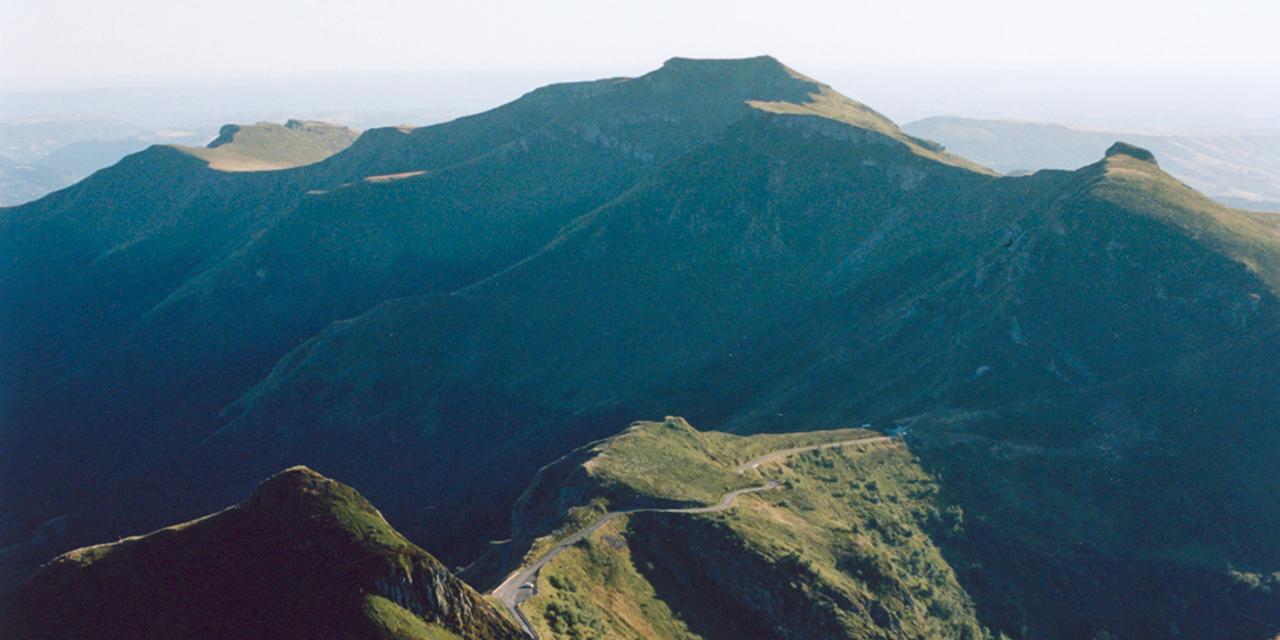


Of Volcanoes and Men
6 Parts
Articles in this series:
The gentle power of dormant volcanoes in central France
Gallery'Of Volcanoes and Men' (6/6). Dormant for six thousand years, the majestic craters of Auvergne, their contours softened by erosion, remain under constant watch. Mathieu Richer Mamousse, a 36-year-old French photographer, traversed the ridges and pastures of the Massif Central's landscapes in July.
Even dormant, the volcanoes of the Massif Central highland region in south-central France continue to fascinate. Their peak activity took place over 100,000 years ago, but since the last eruption occurred around 4,000 BCE, scientists do not formally consider them "extinct." Setting out to explore them in early July, photographer Mathieu Richer Mamousse found these sleeping giants "deeply inspiring." The 36-year-old, born in southern France and now living in Paris, was struck by their gentle silhouettes, which have shaped "an exceptional geography thanks to the richness of its soil and wildlife."
He set out to explore the mysteries of the Volcanoes of Auvergne Regional Natural Park, which spans several regions of central France, including Puy-de-Dôme, Cantal and Haute-Loire. He focused mainly on two areas: the Cantal massif and the Cézallier massif. The first, a product of a stratovolcano, is the largest volcano in Europe, covering 2,700 square kilometers with a diameter of 70 kilometers.
Its cirques and sometimes jagged ridges were shaped by glacial erosion. Puy Mary, which rises to 1,783 meters above sea level, is one of its iconic sites. Between 1,200 and 1,500 meters in altitude, the Cézallier volcanic formation, a Hawaiian-type volcano with very fluid lava flows, offers more rounded shapes. Fluvial erosion, which began before volcanic activity and continued afterward, has carved deep gorges in some areas.

You have 60.41% of this article left to read. The rest is for subscribers only.





